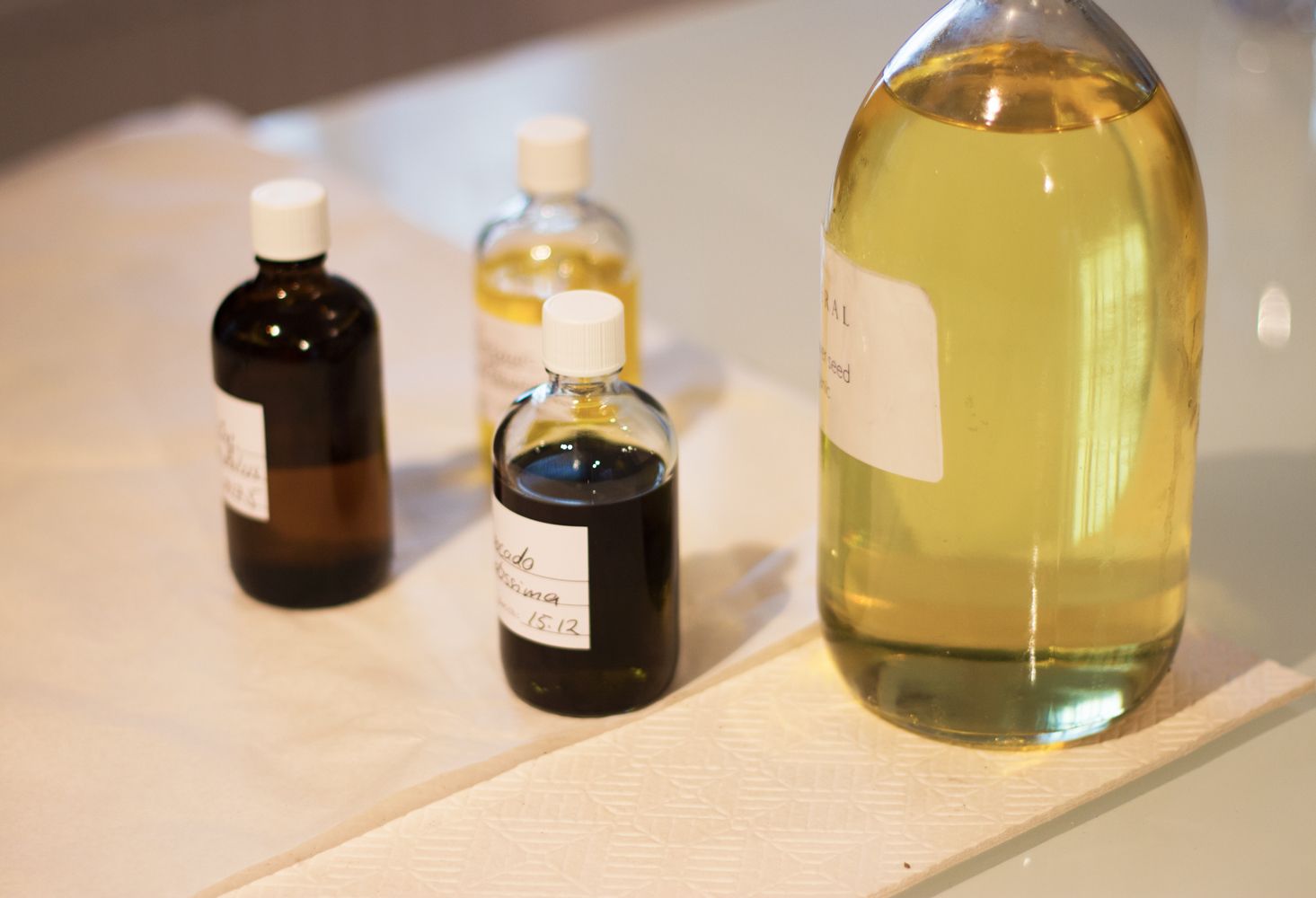Essential Oil Safety Use
Essential oils are received in to the body in two ways:
INHALATION
This is the fastest and most effective way for the essential oil molecules to enter the body. When we inhale, the tiny molecules travel up the nose, simultaneously sending the brain a message, whilst passing the essential oil molecules down to the lungs, and into the bloodstream.
Steam inhalations – Add up to three drops of essential oil to a bowl of warm water, carefully inhale the steam of the water, ensuring the steam is not so hot that it is uncomfortable on the skin. For deeper inhalations, cover the head with a towel and lean over the bowl.
Vaporisers – Add essential oil to your vaporiser. Start by adding just three drops to your vaporiser, and then add more as needed. An overpowering diffusion may have an adverse effect.
Direct inhalations – For a quick effect, you may smell the essential oil directly from the bottle, but please ensure there is no skin contact as the oil may cause a skin irritation. Simply open the bottle, place it under the nose and take three deep breaths.
THROUGH THE SKIN
Essential oils diluted into vegetable oils can then massaged into the skin. With the use of friction, the essential oil separates from the vegetable oil into the skin’s pores and travels down into the bloodstream, which is then circulated through the body.
Safety and Blending Guidelines
With the exception of Tea Tree and Lavender, essential oils must NEVER be used neatly on the skin. Those with sensitive skin should also do a patch test first with tea tree and lavender too.
Essential oils are not water soluble, they only dilute in fats and alcohol. Good bases are vegetable oils, full fat milk or cream, shea butter, and high proof alcohol.
Essential oils can be added to unscented products such as body wash, hair conditioners, shampoos, face and body creams, and to fats to be diluted in the bath water.
We have a small selection of the most nourishing organic vegetable oils that are perfect to blend with your essential oils.
Quantities:
Face: 1 drop of essential oil per 5ml (a teaspoon) of base fat.
Body: 1 to 2 drops of essential oil per 5ml (a teaspoon) of base fat or alcohol.
Hair & Feet: 1 to 3 drops of essential oil per 5ml (a teaspoon) of base fat or alcohol.
Aromatic bath: A maximum of 8 drops per bath diluted in unscented soap or fat.
Children
Under 12 yrs: 1 drop of essential oil per 5ml (a teaspoon) of base fat.
Under 6 yrs: 1 drop of essential oil per 10ml (two teaspoons) of base fat. Use only mild essential oils such as mandarin, lavender, and chamomile.
Under 12 months: No essential oils are recommended.
Pregnancy and other contraindications
Strong dilutions of essential oils should be avoided throughout pregnancy and some of them avoided all together. Refer to each individual oil to find its own contraindications.

Apart from the many nutritional and protective benefits, these vegetable oils are perfect carriers for essential oils to be delivered deeper into the skin and into the bloodstream. This process happens when the oil blend of vegetable and essential oils gets massaged into the skin; the essential oil molecules separate from the vegetable oil and enter the skin pore, where it travels down and gets picked up by the blood supply. The more heat and friction we apply whilst massaging the oil into the skin, the more efficient this delivery system becomes.

Traditionally used for centuries to boost the immune system, ward off disease, and calm the nervous system, essential oils should be a part of our daily life. It is no surprise that our bodies are engineered and designed to make use of such oils. The size of an essential oil’s molecule is the perfect size to penetrate and travel through our skin and into our blood stream. Our olfactory system is also perfectly engineered for the molecular structure of essential oils - carrying them into the lungs where they can easily get absorbed into the bloodstream.